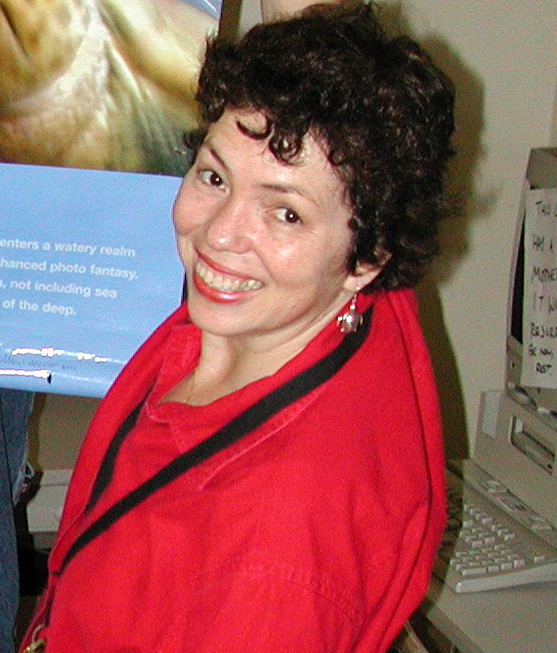Spectrum
Stories
Project
URL:
http://teachersnetwork.org/teachnet-lab/meisler/spectrum_lesson/spectrum_home.html
How it works:
Spectrum Stories intermixes color theory,
scientific theory, and creative writing. Students learn to mix the
spectrum of colors using a limited palette of paint in order to illustrate
stories that integrate specialized color theory vocabulary. They create
very unusual color wheels that illustrate their stories and include
the text within the image. The spectrum stories, which incorporate
a series of color-related words, richly integrate the visual and language
arts.
Standards addressed:
Students understand and apply media, techniques, and processes,
and make connections between the visual arts and other disciplines.
Materials used:
Required materials include computers with Internet access, pencils,
white drawing paper, watercolors, tempera paint, crayons, colored
pencils, and water.
The students:
The 6th grade students at the Institute for Collaborative Education,
a
small 6-12th grade NYC public school, created spectrum stories. This
unit occurred after they had read the biography and writings of Helen
Keller.
Overall value:
After reading about the life of Helen Keller and creating spectrum
stories, students have a greater appreciation of the miracle of sight,
the senses, and of spoken and written language. They see the
connections between science and art, and express those connections
with
written and visual symbolic language.
Tips:
Try to limit the use of color in lessons prior to this unit.
For example, limit the drawings or paintings to monochromatic (one
color theme) or black and white. Have students write compositions
in which there cannot be any references to color. Ask them to imagine
a world without color. Elicit a discussion of whether they dream in
black and white or color. Ask students where they have seen the color
spectrum or rainbow in the real world (crystals in the light, oil
spills, puddles, or a rainbow itself).
Here are some web resources
to help you teach about color theory:
http://members.cox.net/mrsparker2/teacher.htm
http:// www.everydayart.com/color.html
http://faculty.washington.edu/chudler/eyecol.html
http://color-wheel-pro.com
|

About the
teacher:
Meryl
Meisler teaches traditional and digital art in addition to being the
Admissions Director at I.C.E., a small progressive NYC school.
Meryl has received a Disney American Teacher Award in visual arts,
serves on the Teachers Network Board of Directors, and is a consultant
to the Whitney Museum’s online learning department.
E-mail:
mmeisl@nycboe.net
Subject Areas:
Technology
English Language Arts
Visual Arts
Grade Levels:
5-6
|